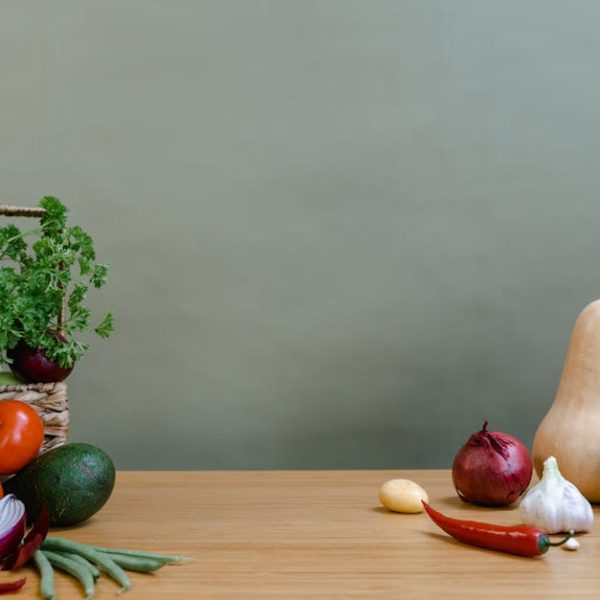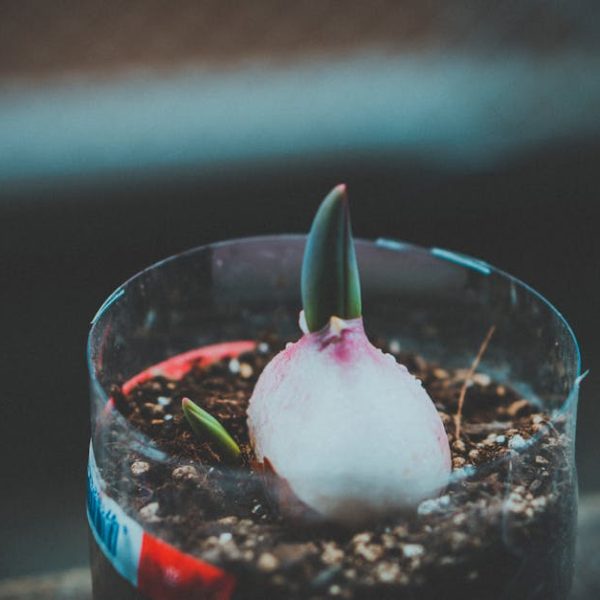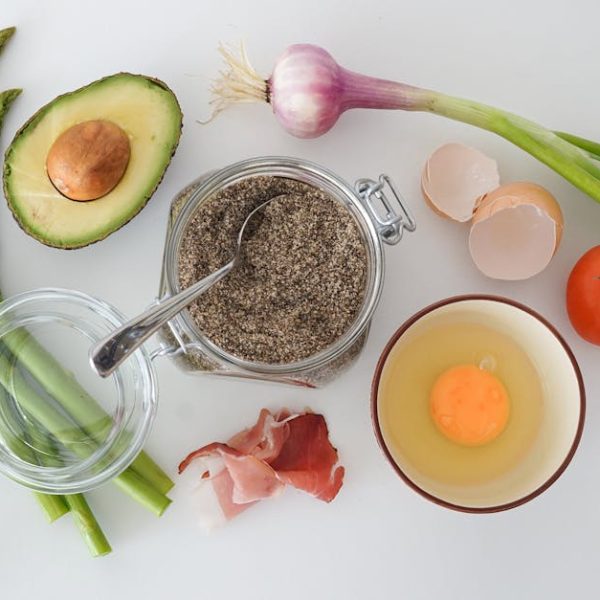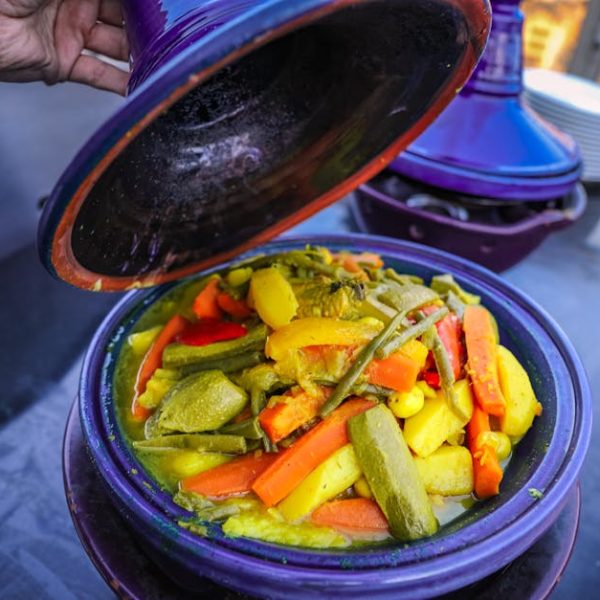From the tender bite of baby spinach to the gripping taste of mature spinach, we’ve all experienced how each variety brings a distinct flavor to our salads or sandwiches. But have you ever sat down to ponder what precisely sets them apart? This article unravels the thrilling journey from baby to adult spinach, spotlighting four surprising differences between the two that could alter your perspective—and possibly your plate.
Nutritional Contrast Between Baby Spinach and Mature Spinach
The nutritional contrast between baby spinach and mature spinach begins right in the soil they’re grown in, thanks to their respective growth cycles. Baby spinach is harvested earlier, leaving it with less time to absorb nutrients from the ground. This results in a milder, sweeter taste and a delicate texture. Conversely, mature spinach benefits from extended time in the earth, soaking up more nutrients for a denser profile and a stronger, slightly bitter flavor.
Here is a quick comparison chart throwing light on their nutritional differences:
| Baby Spinach | Mature Spinach | |
|---|---|---|
| Iron | 1.9mg | 2.7mg |
| Calcium | 99mg | 99mg |
| Vitamin A | 5626 IU | 9377 IU |
| Vitamin C | 28.1mg | 30mg |
The best approach to preserving this nutritional content? Always choose spinach with vibrant green leaves, no signs of wilting or yellow spots, and keep them in your fridge—ideally in a moisture-proof bag—for best results.
Culinary Uses and Flavor Profiles of Baby Spinach and Spinach
Differences in the flavor profile translate to an impact on the kitchen front too. Baby spinach’s tender leaves and gentle taste make it a great raw addition to salads, sandwiches, and wraps. On the other hand, mature spinach boasts a robust flavor that holds up well to sautéing, boiling, and steaming methods. It’s an excellent option for dishes like soups, saag (traditional Indian stew), and pasta.
Have a look at some of the suggested recipes below that can help you rise above the ordinary:
- Baby Spinach: Tropical Spinach Salad, Spinach and Feta Stuffed Chicken
- Mature Spinach: Creamy Spinach Soup, Spinach Lasagna
When swapping between the types, remember that mature spinach leaves are much larger and thicker than their baby counterparts, ensuring accurate measurements.
Differences in Harvesting and Growth Cycles
The contrast between baby and mature spinach begins at the very source: their harvesting and growth stages. Baby spinach is plucked early—around 15 to 20 days post germination—when the leaves are small and tender. Mature spinach, however, stays in the earth longer—typically 40 to 45 days after planting. This prolonged growth period is what imparts mature spinach its characteristic hearty flavor and thicker leaves.
The below diagram provides clear context:
● Seedling stage (Day 1 – Day 10)
● Baby spinach stage (Day 15 – Day 20)
● Adolescent stage (Day 25 – Day 35)
● Mature spinach stage (Day 40 – Day 45)
Growing baby spinach can prove faster and more fruitful for those short on space. In contrast, mature spinach takes a bit longer but also offers more nutritional bang for your buck.
Price and Availability of Baby Spinach vs Spinach
The price and availability of spinach is influenced by various factors, including seasonality, demand, and production costs. Baby spinach often commands a higher price due to its shorter shelf-life and the delicate handling it requires in harvesting. Mature spinach is more durable, has a longer shelf-life, and hence tends to cost less.
Let’s look at a comparative analysis:
| Baby Spinach | Mature Spinach | |
|---|---|---|
| Average Supermarket Price | $2.69 per bag | $1.89 per bunch |
| Average Farmer’s Market Price | $3.50 per bag | $2.49 per bunch |
When shopping for spinach, whether baby or mature, look for vibrant, unwilted leaves and a fresh scent. Avoid spinach with slimy or yellowing leaves, a sure sign of age.
Textural Differences and Impact on Meal Experience
Texture plays an essential role in our dining experience, and this is where baby spinach and mature spinach array themselves on opposing sides. Baby spinach is smooth, tender, and almost melts in your mouth, making it perfect for salads and sandwiches. Conversely, mature spinach offers a thicker, hardier texture. This robust nature allows it to stand tall under the pressure of heat, retaining its structure in cooked dishes.
Here are some conventional dishes and the recommended spinach type for an optimal texture:
- Baby Spinach: Spinach Salads, Chicken and Spinach Wraps
- Mature Spinach: Spinach and Cheese Quiche, Spinach Stew
One way to maintain the texture of baby spinach in cooking is to introduce it at the last stage of cooking. Mature spinach, on the other hand, can withstand longer cooking times without losing its texture significantly.
In conclusion, whether you opt for the tender baby spinach or the hardier mature spinach, you can be assured of a nutrient-rich addition to your meals. Experimenting with each type in different culinary applications can also bring diversity and versatility to your home cooking. Happy leafing through these vivid variants of spinach!
Key Takeaway:
- Baby spinach and mature spinach have distinctive nutritional profiles. While mature spinach has a marginally denser nutrient profile due to its longer growth cycle, baby spinach is not devoid of nutritional value.
- Their difference in taste and texture makes each variety suitable for diverse culinary uses. Baby spinach’s milder taste makes it an ideal raw addition to dishes, while mature spinach’s robust flavor thrives in heat-processed recipes.
- Harvesting and growth cycles determine the texture, taste, and nutritional content of baby and mature spinach. Understanding their growth stages can also help determine the best variety to cultivate if you’re considering a home vegetable garden.
- Baby spinach often commands a higher price due to its shorter shelf-life and the care involved in harvesting. However, mature spinach, being more durable and having a longer shelf-life, is usually more affordable.
- The textural contrast between baby and mature spinach significantly impacts meal experience. Baby spinach’s delicate texture works well in salads or sandwiches, while the tough texture of mature spinach holds its structure in cooked dishes.
Whether it be the sweetness and tenderness of baby spinach or the rich flavor and robustness of mature spinach, both varieties make a nutritious addition to your meals. Do not hesitate to experiment with both types in your recipes to bring in a variety of flavors and textures. After all, variety is the spice of life.
FAQs
Q: Is baby spinach better for fresh eating or cooking?
A: Baby spinach, with its delicate taste and texture, is perfect for fresh eating in salads, sandwiches, or wraps. It can also be used in cooking but should be added towards the end of the cooking process to preserve its texture.
Q: Is there a significant difference in nutrition between baby spinach and mature spinach?
A: While mature spinach has a slightly denser nutrient profile due to its longer growth cycle, baby spinach is still a healthy, nutrient-rich choice. Both varieties have their nutritional advantages.
Q: Can I use baby spinach and mature spinach interchangeably in recipes?
A: Yes, but keep in mind their different flavor profiles and textures. Mature spinach has a robust flavor and holds its structure under heat, making it great for cooked dishes. Baby spinach has a milder taste and delicate texture ideal for fresh eating.
Q: Why is baby spinach often more expensive than mature spinach?
A: Baby spinach commands a higher price due to its delicate nature that mandates careful handling during harvesting, along with its shorter shelf-life.
Q: Can I grow both baby spinach and mature spinach at home?
A: Absolutely! Remember, the only difference is the time they spend in the ground. Baby spinach is harvested earlier (around 15-20 days), while mature spinach is allowed to grow longer (around 40-45 days).
Share this article with fellow spinach lovers and explore more posts on our website for similar insights.






